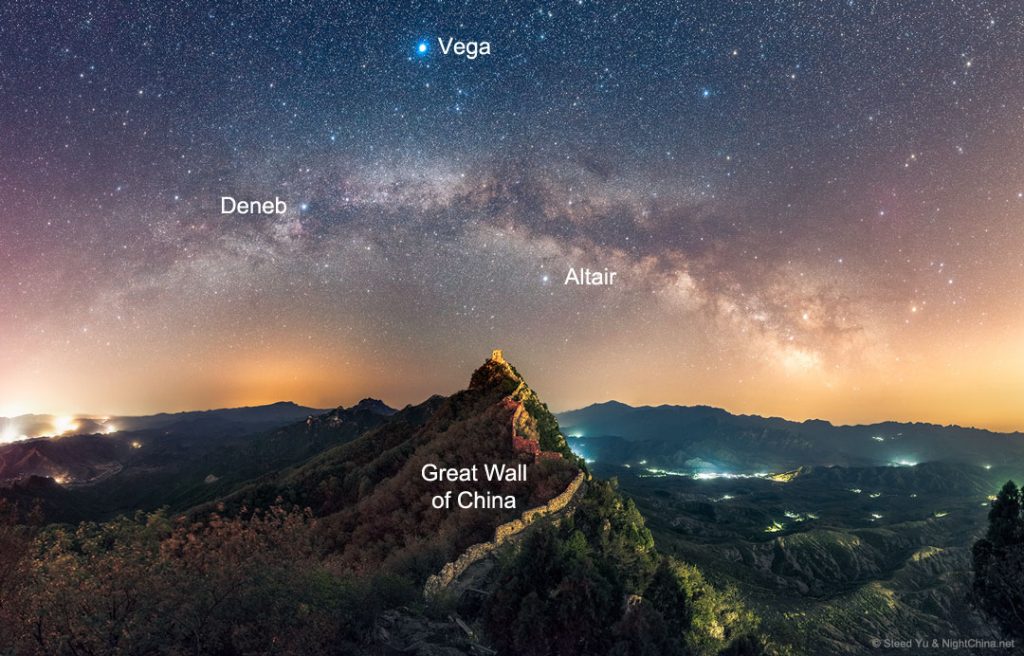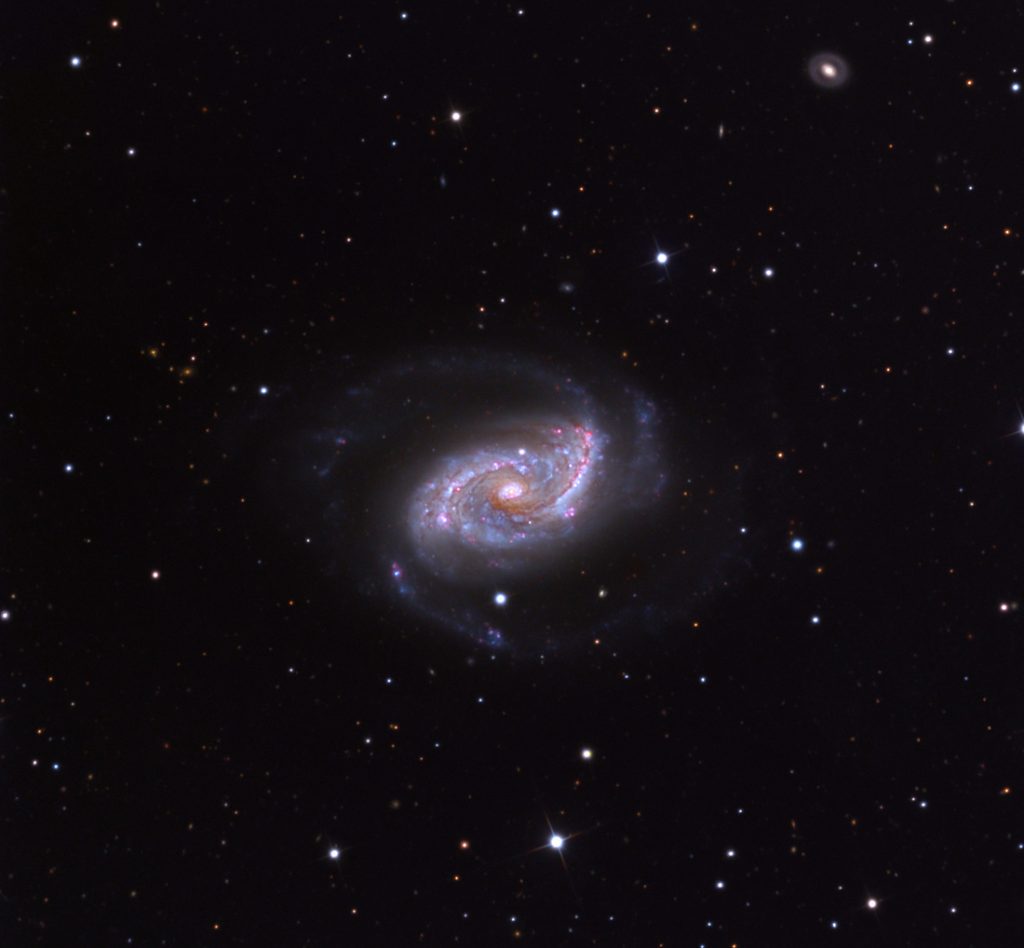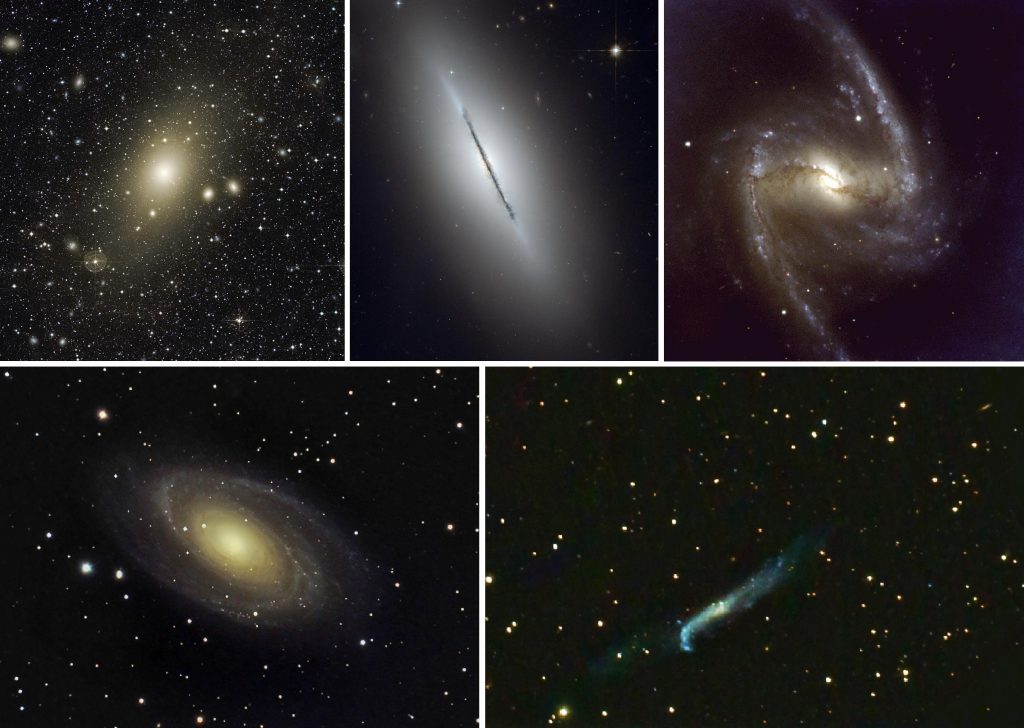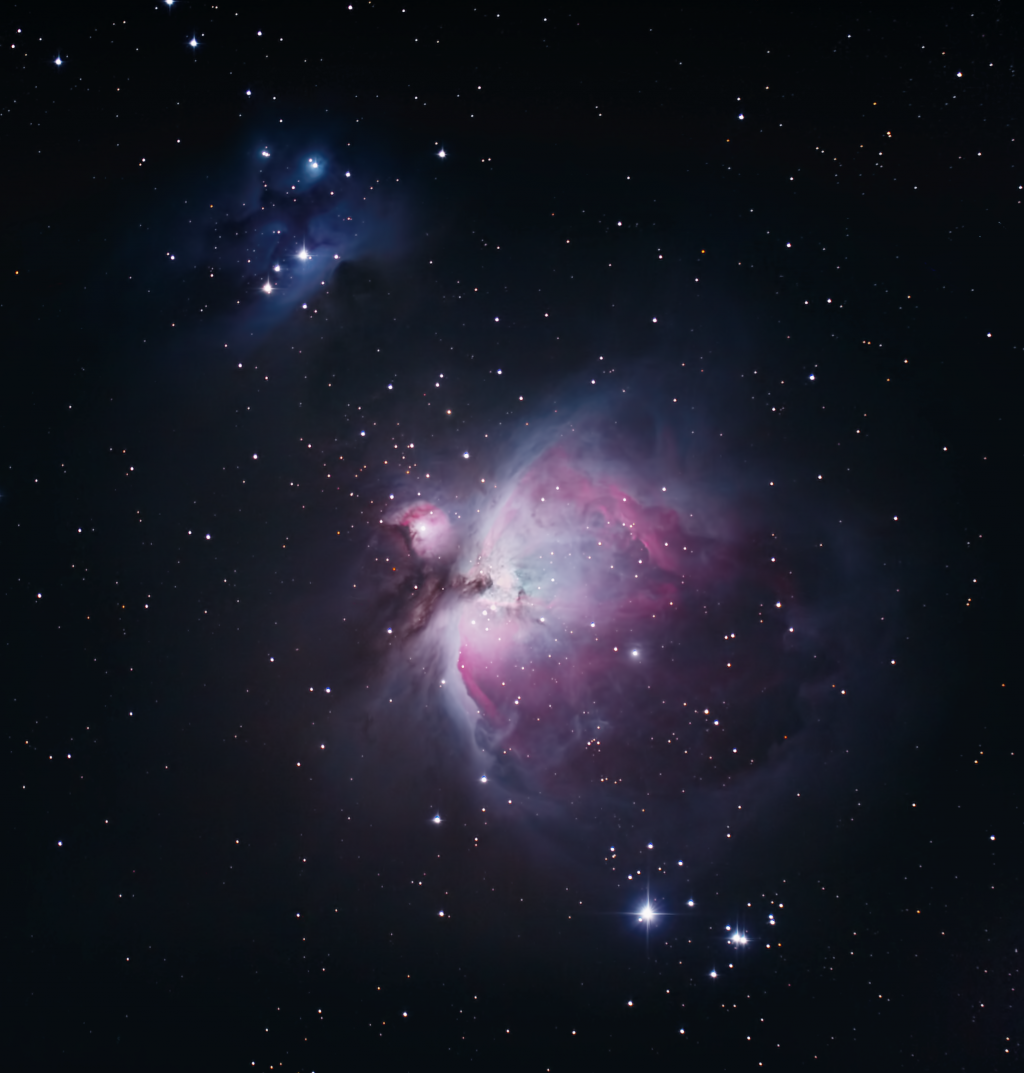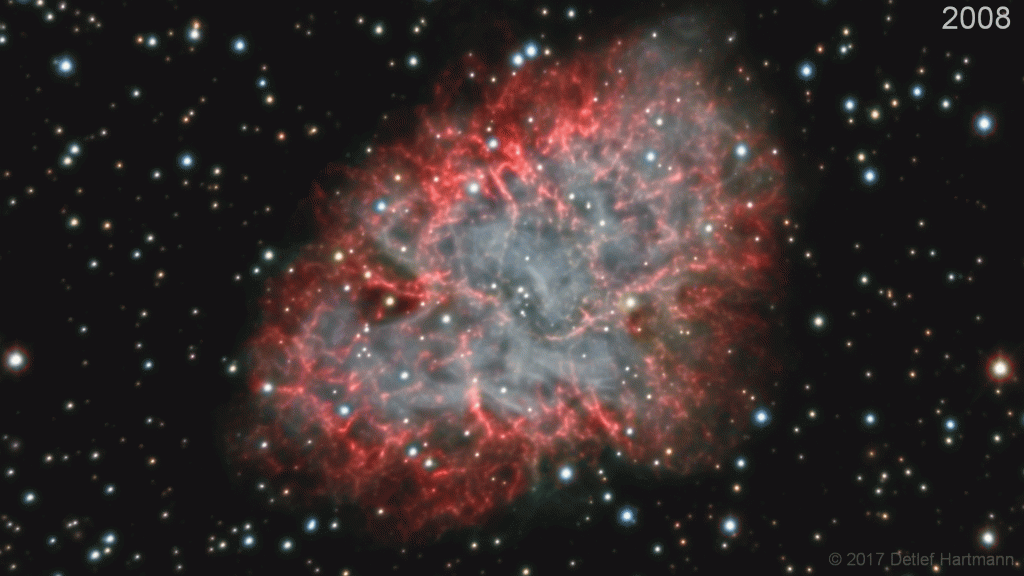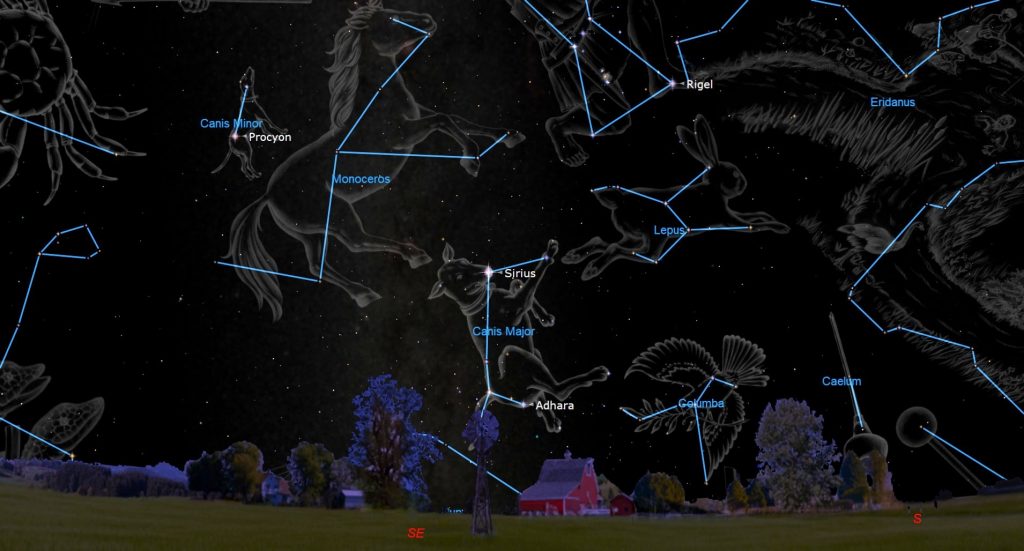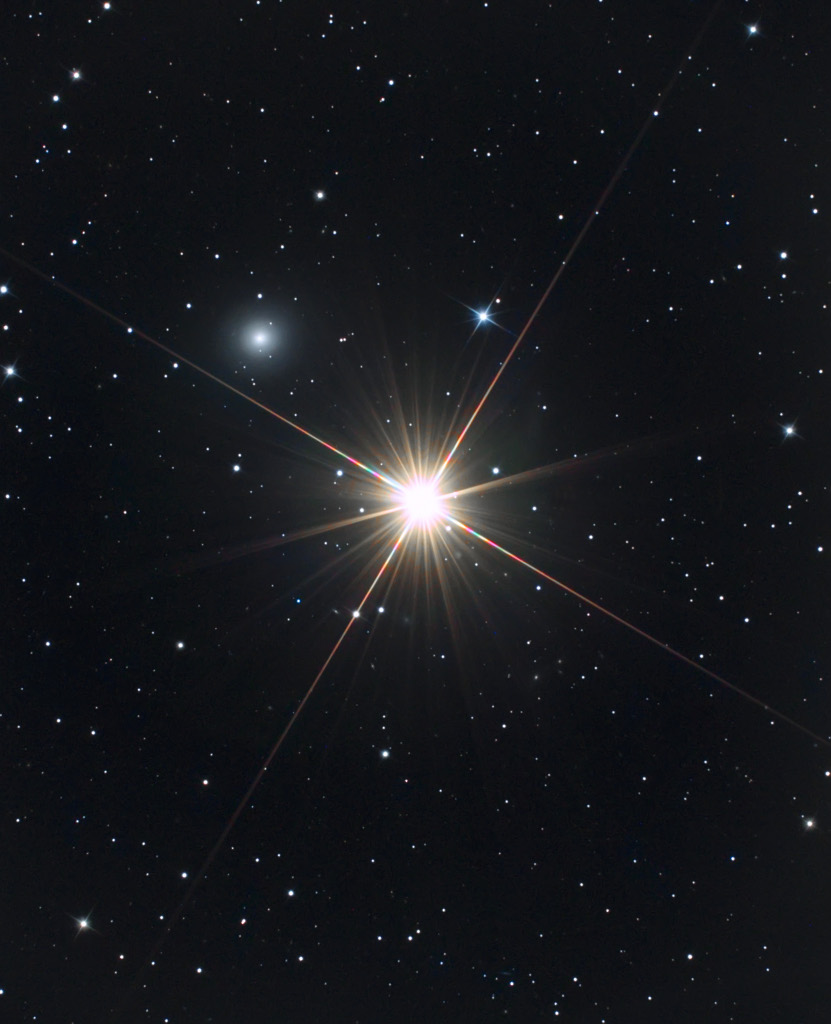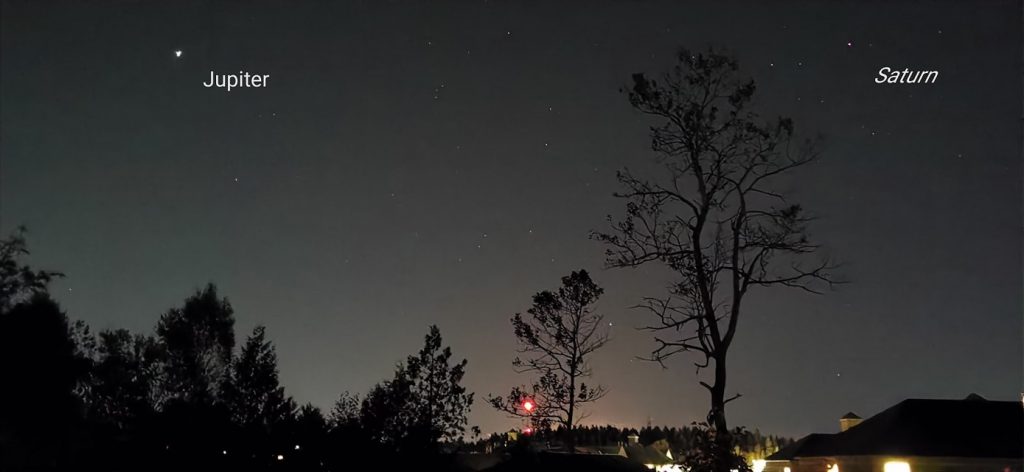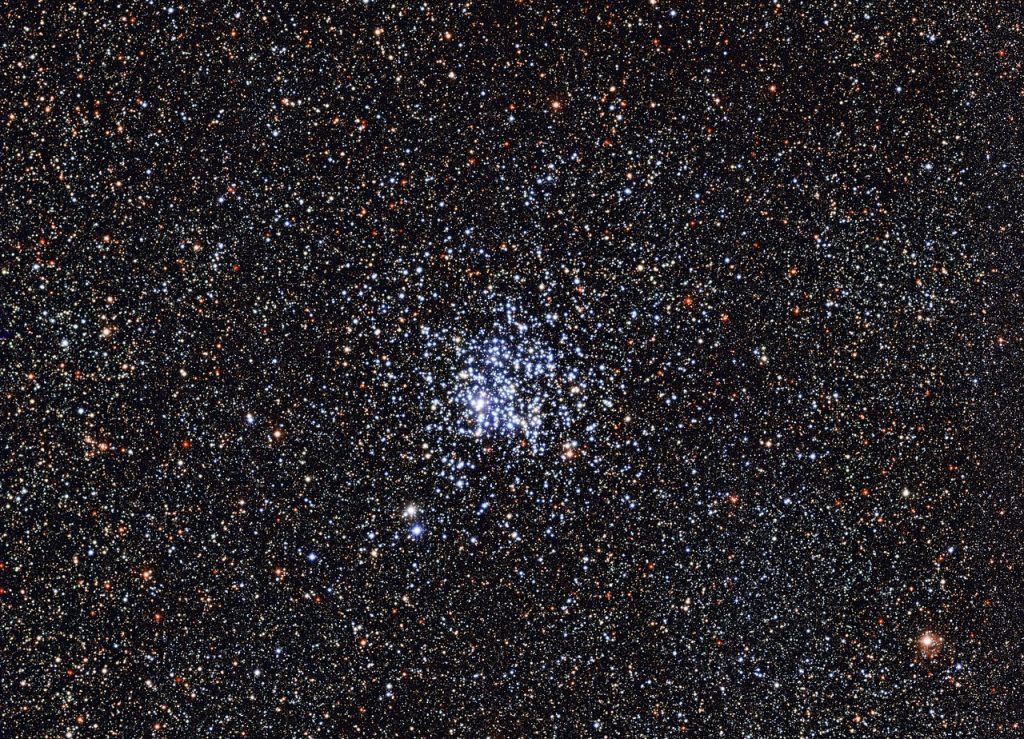The Crescent Moon Cruises Post-sunset Planets, Pluto Peaks, and Admiring the Summer Milky Way!
This beautiful annotated image of the summer Milky Way arching over the Great Wall of China was captured by Steed Yu. The bright star at centre far right is Antares. It’s little claw stars shine to its upper right. The dark dust patches and lanes are apparent. It was the NASA APOD for July 3,…
Read more
